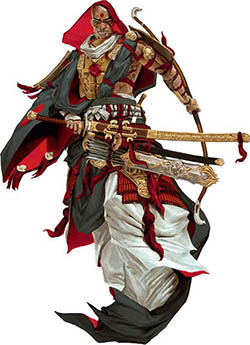
This section contains detailed rules for performing a tactical action. To perform a tactical action, players follow these steps in order:
- Activation
- Movement
- Space Combat
- Invasion
- Production
These steps are described in detail in the following sections:
1. Activation
The active player must choose one system that he would like to make the focus of his tactical action. He activates that system by taking a command token from his tactic pool and placing it on that system.
That system is the active system for the remainder of the tactical action. A player cannot activate a system that already contains one of his command tokens, but he may activate a system that contains other players' command tokens. A player also cannot activate a system if he does not have any command tokens in his tactic pool. …
























